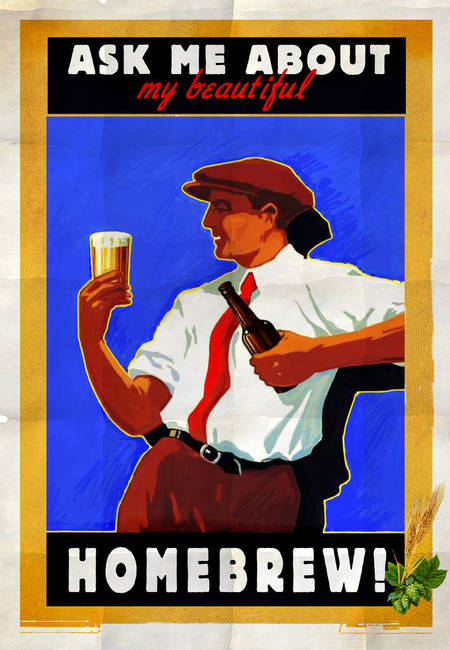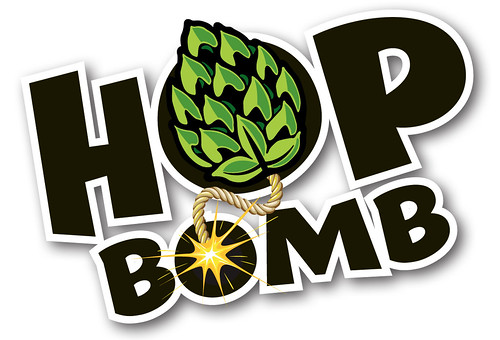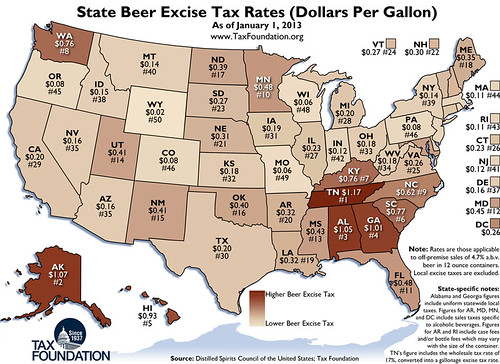
As Mississippi’s ban on homebrewing was lifted today, for the first time since Prohibition made brewing illegal in 1919, homebrewing is finally allowed in all fifty states. My only comment is it’s about damn time. That a supposed clerical error — a typo — made home winemaking legal after prohibition ended while keeping homebrewing illegal is the biggest anti-alcohol bullshit move of all-time, especially when you consider it took a full seventy years to correct that “typo,” at least for all states. The American Homebrewers Association released a statement this morning, as did the Brewers Association:
Unifying the United States homebrew community has long been an aspiration of the American Homebrewers Association (AHA), and we are proud to announce this goal has been achieved with the help of countless dedicated homebrewers and AHA members like you. July 1, 2013 marks the day Mississippi lifts its homebrew restriction, unifying homebrewers in all fifty states for the first time since before prohibition.
Beer history in the United States region predates the very existence of the country as we know it. Native peoples of the Western Hemisphere produced a watery maize-beer, a pre-cursor to modern American adjunct beer, and as the earliest explorers settled down in the New World, America’s contemporary brewing culture was born.
“From our nation’s founders to our current President, this country has a long and storied tradition of homebrewing,” said AHA director Gary Glass.
Even after prohibition was eradicated with the implementation of the 21st Amendment in 1933, homebrewers would still be criminals in the eyes of the federal law for over four-and-a-half decades. President Jimmy Carter signed a bill that went into effect on February 1, 1979 federally legalizing homebrewing, but it remained up to each state to determine their individual alcohol policies, including home beer production. Over the course of the next forty-six years, states adopted legislation, permitting the making of beer at home.
It’s terrific news that finally homebrewing is permitted in every state. It’s been a long time coming.




















